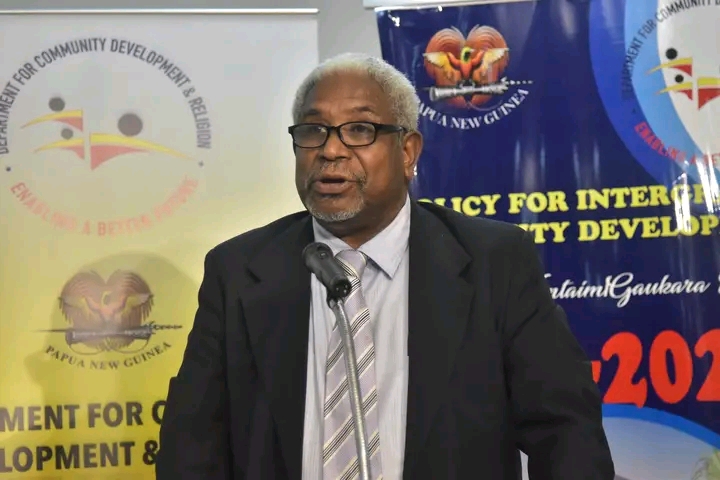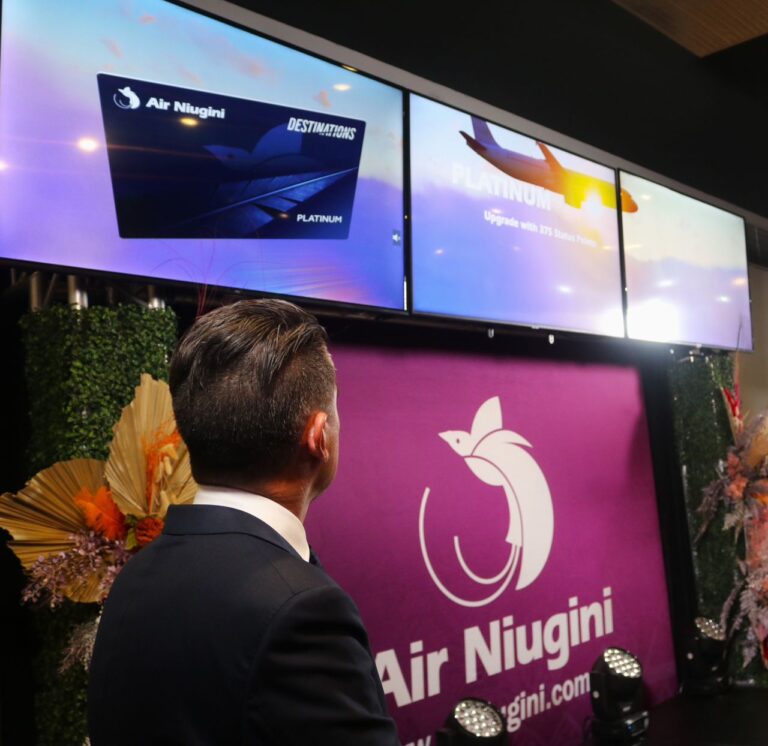Mainohana Technical Secondary School in Bereina, Kairuku District of Central Province, celebrated it’s 70th Grade 10 graduation ceremony on Wednesday (2 October).
A total of 153 Grade 10 students graduated alongside 87 Grade 12 students.
It’s the 20th Graduation for the Grade 12’s.
Mainohana is a Catholic agency school established in 1958 by the De La Salle Brothers.
Mainohana Technical Secondary School is now a level nine school that services people in the Kairuku, Goilala and the Gulf Province.
With the theme “Valuing Your Education as Agents of Change with Faith and Love”, school Principal Nicholas Maino told the graduating students to always value themselves.
“There is always a good future out there for you, if you make a change, if you believe in yourself, if you have self-determination, if you value your education, if you value yourself and your life and you have trust and confidence in yourself.
“You will have a bright future,” Maino said.
He said with a teaching capacity of 27 teachers this year, the school ensured it provided the space to inspire students, both spiritually and physically to value knowledge and skills that will support them as foundations to challenge them to be successful.
Outgoing Head-Girl, Rachael Ume acknowledged all the teachers, staff, family and the community’s contributions to their education.
“High School for the most of us was more than just classes and grades, it was about finding our voices, pushing our boundaries and sometimes just figuring out how to open our books. It was in this arena that we laughed, we struggled and we grew.”
Former Mainohana High School student and current MP, Peter Isoaimo who has always been supportive to the school since taking office shared his experience on how difficult it was when he attended the school in 1982 to 1985.
“Many of the infrastructure you enjoy today, were built on our hands. We were taught the hard way to learn discipline and virtues of honesty.”
He told both the grades 10 and 12s that this graduation isn’t the end of education, as learning should continue where-ever they are.
“To achieve your goals, is mere perseverance and hard work. Nothing is easy! God will grant your hard work! There is no free life for anybody.”
Mainohana Technical Secondary School this year enrolled 583 students. 538 of them were boarding .













